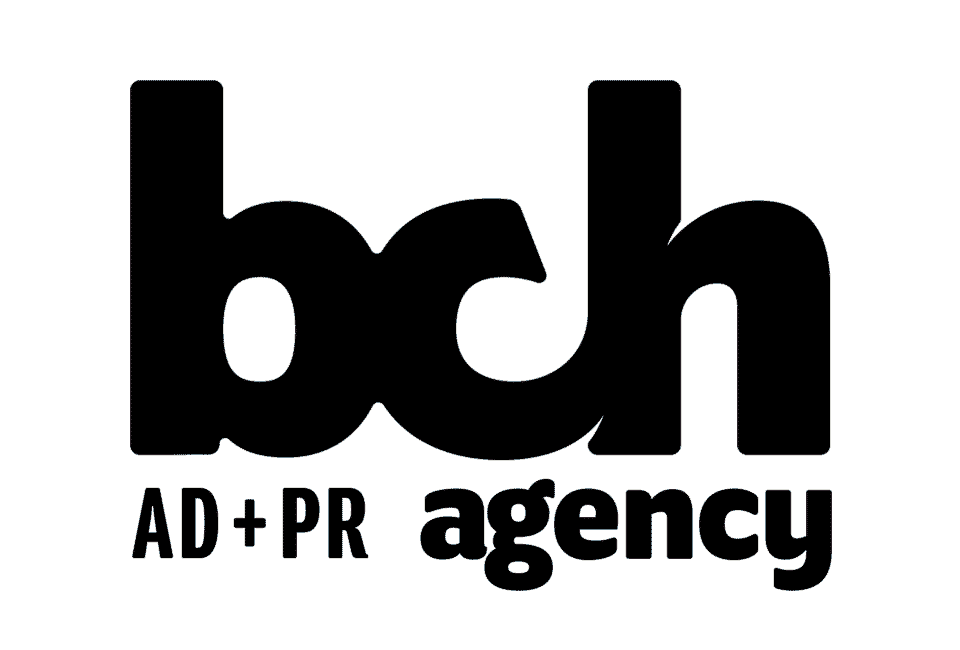“Programmatic” may feel like a buzzword, a budget line item or maybe an afterthought, but consider the power of programmatic media to make it a priority of your media strategy.
By definition, programmatic is not a tactic, it’s a data-driven way of purchasing media. So, you aren’t buying programmatic, you’re using data and insights to programmatically purchase a myriad of media beyond display banners… including connected television, streaming music services, even out of home.
Here are four reasons why you should be using programmatic now:
- The Power of a Unified Platform
Event retargeting the huge advantage of utilizing a unified programmatic piece of tech known as a DSP, or demand-side platform. Event retargeting is just industry jargon for pulling consumers down the funnel. So, this strategy will allow an advertiser to activate a targeted Connected TV campaign, then serve an audio ad and then, depending on engagement, trigger a native or display banner.
Ultimately, it’s key to use the metrics of how your audience is exposed to and is engaging with your content in order to increase brand awareness while maintaining the right frequency.
- Leverage first-party data
If you have a CRM or email database, you are sitting on a goldmine of data. You may currently leverage this data for email marketing, but you can increase ROI if you use this database for your paid media schedules as well.
This type of data is easily ingested into A data management platform (DMP) can ingest your data for advertising purposes, while also keeping it anontomized to protect customer privacy. Your first-party data provides a huge advantage in two ways. First, to remarket to those who already have engaged with your brand and, secondly, to develop look-alike models to prospect to those who are similar to your most loyal customers.
Data is king in the new advertising world so use your data to deliver the highest return.
- You Won’t Sacrifice Inventory Quality
Years ago programmatic buying was synonymous with RTB (real-time bidding), which usually left you with remnant digital inventory. Wow, times have changed. Moving your ad budgets to programmatic placements will not sacrifice quality. Our internal trading desk has access to thousands of direct publisher deals (e.g., The New York Times, USA Today, NBC Universal, etc.) and our in-house team negotiates access to premium inventory with companies like Disney, Fox Sports and Hulu for our clients every day.
Bottom line, programmatic buying provides access to the same type of inventory you can purchase directly with a media company, while providing an opportunity to precisely target your core audience and compare these inventory sources (i.e., Hulu vs. Sling) to determine your best performing partners.
This is critical because you aren’t using your gut or minimum spend requirements to allocate budget. Instead, you’re using conversion data and ROI to determine the level of investment.
- Measurement
Attribution modeling is one of the biggest challenges for CMOs in order to evaluate how all tactics contribute to a conversion. When you silo your media spend into several different media services it’s difficult to understand how they work together or which vendor delivered the best results.
When using a unified platform in programmatic media, it’s much easier to analyze each touch point and gain a better understanding of how awareness tactics and subsequent bottom funnel channels contribute to the ultimate conversion. This can help you move away from only evaluating the “last touch,” or getting all of your conversion credit to the last interaction your customer had with an ad.
By design, the last touch is often with a display banner or search ad or attributed to a retargeting strategy… that is the role of these tactics in the mix. But, don’t discount the exposure to your video or audio commercial which helped to place your brand in the consideration set in the first place.
By using all tactics in a strategic manner, and gathering data points along the way, you can gain a better understanding of your customer journey and increase the return on your ad spend.

 Previous Post
Previous Post
